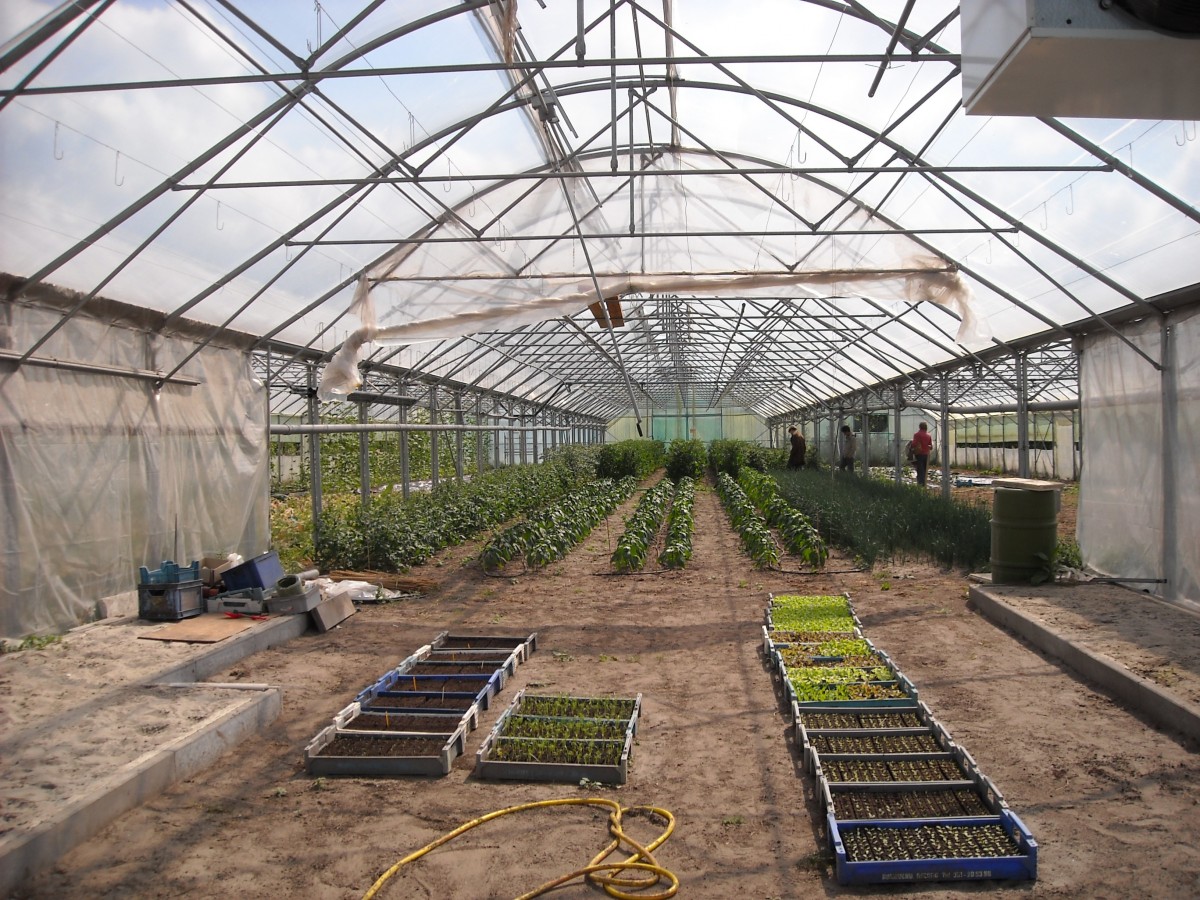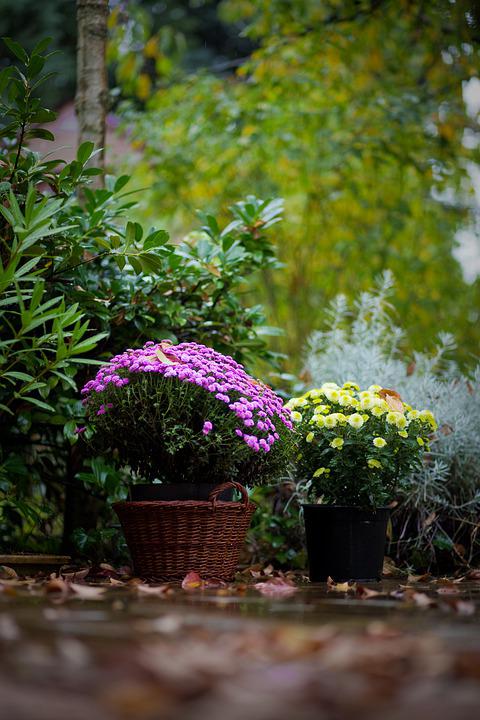The garden is a virtually landscaped area where selected plants are grown. Sometimes there are fruit trees, flowering plants, or other vegetation. Its development and maintenance are done with the help of a gardener or landscaper. He must be creative and competent to bring aesthetics to his work.
The Different Types of Gardens
Gardens are classified into three types according to their components and their uses. However, mixed gardens are sometimes found. Thus, we can cite the following:
– Production gardens
They are also called vegetable gardens or simply orchards. They are particular enclosures constituted by food crops such as :
– edible plants ;
– vegetables of all kinds
– fruits ;
– perfumed plants;
– medicinal plants;
– utilitarian plants;
– condiments or aromatic plants;
– Dyeing plants (these are plants used to make dyes and textile colorants);
According to the analysis made by the Anthropologist Jack Goody, the cultivation of flowers is still practiced in all types of gardens and parks.
– Conservation gardens: These are gardens reserved for scientific studies and research. Conservation gardens exist in two sub-categories, namely
– acclimatization gardens: green spaces constituted by a collection of exotic plants. The latter are species originating from colonial trading posts. The acclimatization gardens serve to familiarize living organisms of tropical, subtropical, or equatorial origin with where they settle again.
– Botanical gardens: these are areas set up by associations and private or public institutions to present a variety of green species.
– Multipurpose gardens
These are green spaces where decorative, relaxing, and therapeutic plants are grown. This type of garden is classified into two categories. These are :
– pleasure gardens: these are private enclosures dedicated to private homes. In fact, the private owner cultivates plants for utility or pleasure, vegetable or ornamental plants. The constituents of a pleasure garden can be cultivated out of the ground or in full ground;
– Landscaped parks or public gardens: often, these are wooded areas with grass and woods. Sometimes they are made up of water features and paths laid out for public use.
The wasteland is not a type of garden. It is a land previously exploited and abandoned by men and is colonized by spontaneous plants.
The elements of the garden
The following elements are sometimes found in a public garden or a private enclosure:
– the pond or ornamental basin: it is an artificial piece of water or swimming pool which offers an aesthetic rendering to your enclosure;
– the lawn ;
– the hedge: it is a group of trees or shrubs that grow freely or are trimmed to form a fence;
– the maze: a ground equipped with false tracks to slow down those who want to move there;
– the garden gnome: it is a statuette that represents a small folkloric creature. It is used to decorate gardens;
– the espalier: it is a tree, fruit or not, pruned according to the desired shape and forming an ornamental fence.
The presence of these elements in your garden is optional. But to bring a perfect touch, these are to be considered.
So, for all the landscaping or maintenance work in your garden, ask for the services of a qualified landscaping company.


